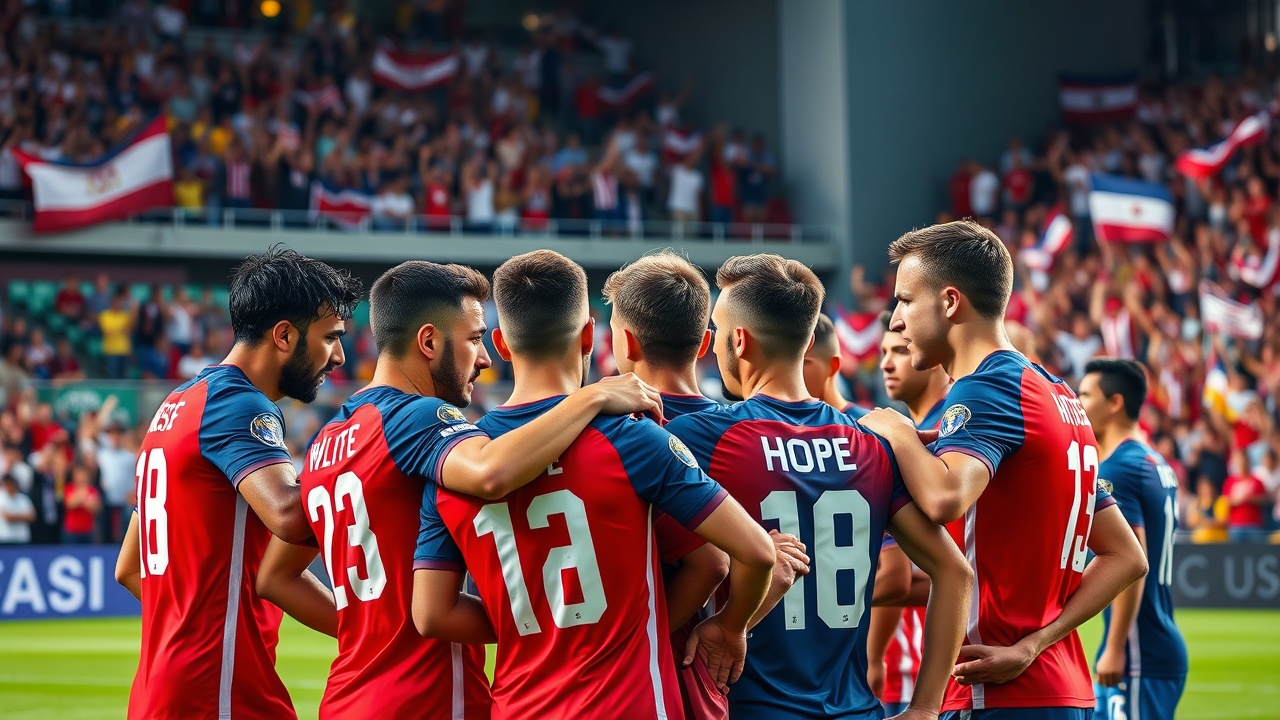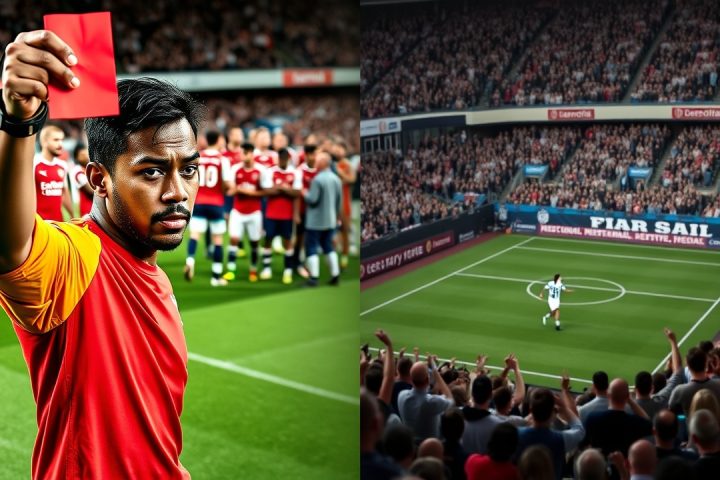Countdown to the 2026 FIFA World Cup
As the countdown to the 2026 FIFA World Cup approaches, fans of the U.S. men’s national soccer team (USMNT) are faced with a pressing dilemma: which players should transition to new clubs, and more importantly, who might suffer from a lack of game time due to their club choices? While it’s tempting to wish that every American player could join elite clubs like Liverpool or Real Madrid, the reality is that limited playing time at top-tier teams can be detrimental to the national team’s prospects. With the World Cup on the horizon, it raises the question of whether the clubs these players play for will allow them to develop and maintain optimal performance levels ahead of the tournament.
The Eighty Five Percent Rule
In sports psychology, a concept known as The Eighty Five Percent Rule suggests that players should engage in challenges that allow for an 85% success rate to facilitate learning and growth. For USMNT supporters, the ideal scenario is for each player to find clubs that align with this principle, ensuring they gain valuable match experience without becoming overly comfortable or overwhelmed.
The Current Transfer Window
However, the landscape of American soccer is complex. The interests of various clubs often clash with the priorities of the national team, creating a challenging environment for players. This brings us to the current transfer window: how critical will it be for USMNT players to find suitable clubs in time for the World Cup?
Excluding Major League Soccer (MLS) – where success rates for good players are considerably high – we can reflect on the 32 American players who logged significant minutes across Europe’s top leagues and competitions last season. Among these, names like Christian Pulisic, Weston McKennie, and Antonee Robinson standout in the upper echelon, while others like Brenden Aaronson and Aidan Morris are making their mark in lesser teams or leagues.
Analyzing Playing Time
If one were to predict a starting lineup based on available minutes, it looks as follows: Matt Turner as goalkeeper with a supporting defense going through players like Sergiño Dest and Antonee Robinson. However, when we look deeper, it becomes clear that many of these starters are not playing enough minutes for their respective clubs. For instance, Turner’s 0% availability with Crystal Palace starkly contrasts with the 92.6% of minutes played by Robinson at Fulham.
Analyzing the average playing time reveals that the projected starting eleven collectively only averages around 49% of game time, a stat far below acceptable levels as they head into such a pivotal tournament. To illustrate this point, looking at Argentina’s 2022 World Cup finalists, players like Lionel Messi were securing upwards of 72% of their club minutes leading to their successful campaign. This disparity raises concerns about the USMNT’s preparations compared to more established teams.
Potential Transfers and Future Prospects
Moreover, USMNT has demonstrated potential, managing a respectable showing at the last World Cup despite facing stiff competition. Yet, the current trajectory indicates that while the depth of talent in American soccer is growing, it remains problematic that elite players find themselves sidelined at their clubs. Upcoming transfers may resolve some concerns — notably, Turner’s potential move to Lyon could be pivotal, yet the club’s recent relegation adds uncertainty to his future.
The situation is nuanced, with individual transfers potentially enhancing the team’s dynamics, but generally, significant improvements or setbacks are unlikely to stem from these movements alone. The analogy extends beyond American players, reminding us that even talent-laden squads — such as Argentina — have faced hurdles with talent that doesn’t always equate to playing time.
Conclusion
As fans gear up for the World Cup, it remains critical for the USMNT that key players secure regular playing time with their clubs. Achieving this balance is vital for maintaining the momentum necessary to make a substantial impact on the world stage.




